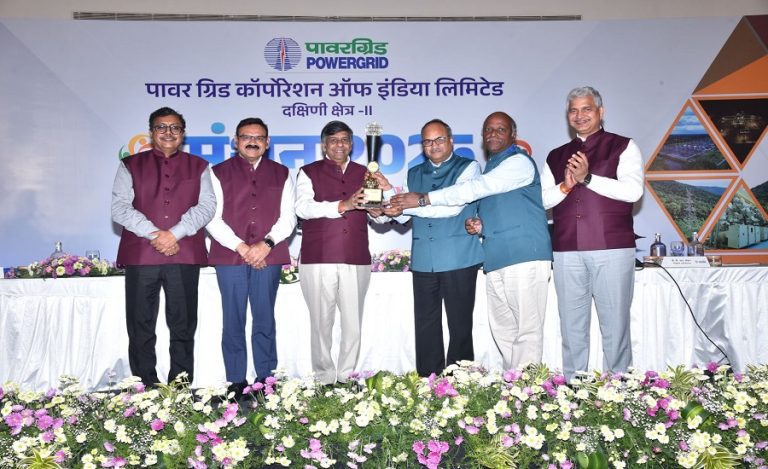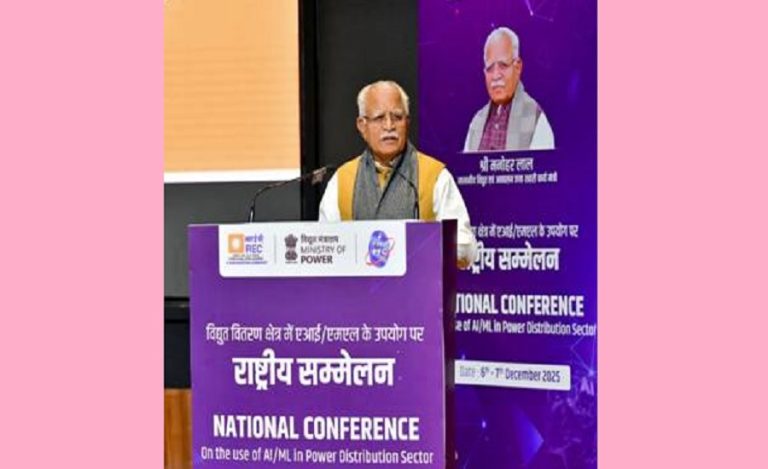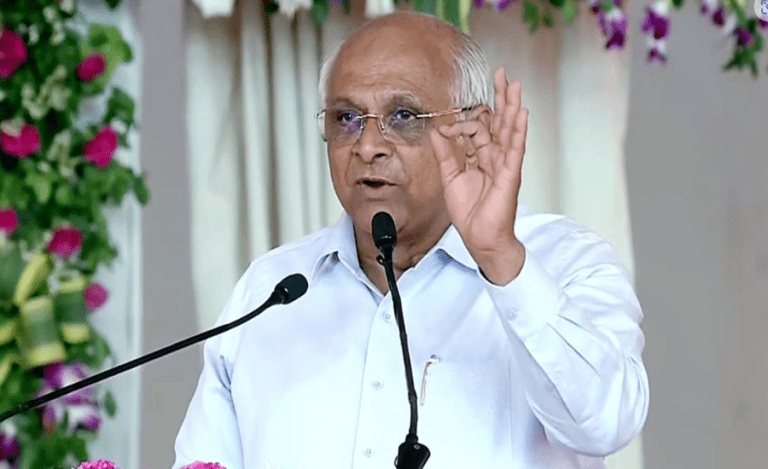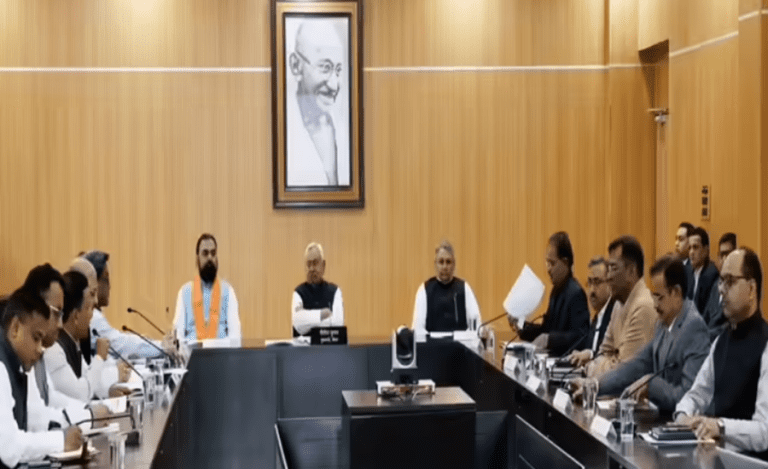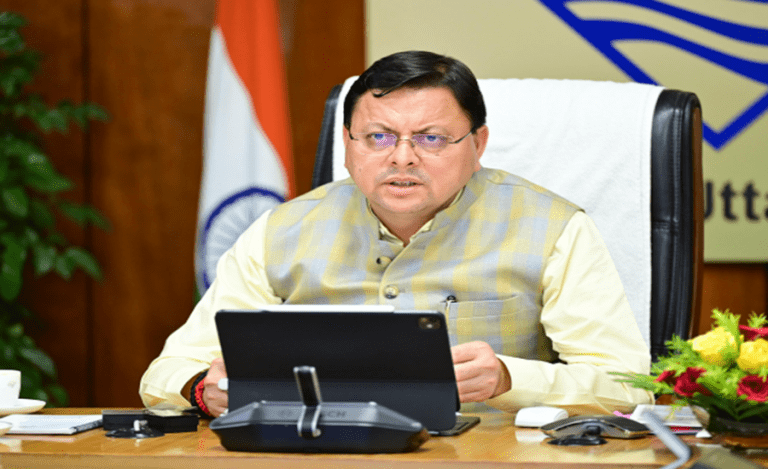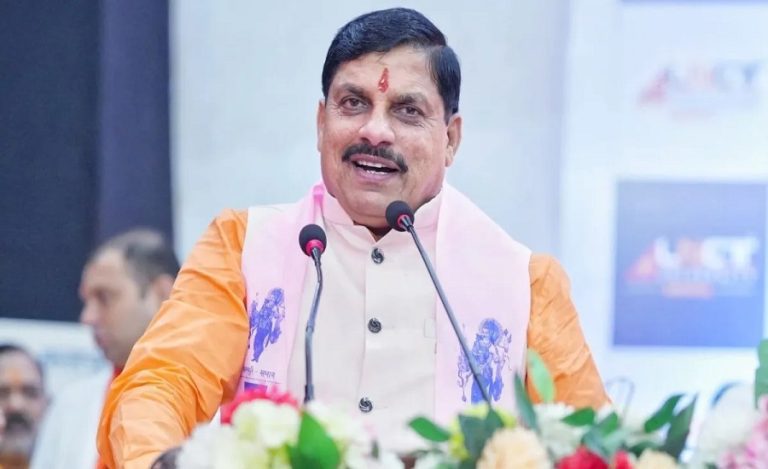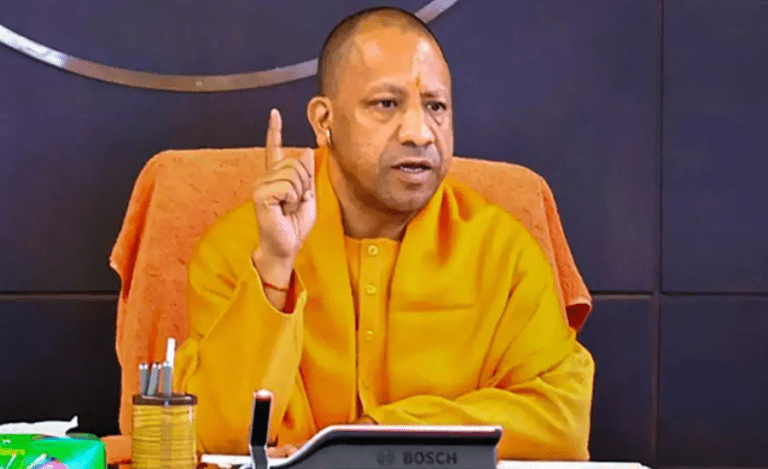New Delhi: India’s national space agency, the Indian Space Research Organisation (ISRO), has set an ambitious pace. In a recent statement, Chairman V Narayanan confirmed that ISRO aims to triple its annual spacecraft production capacity over the next three years while executing flagship missions, including the lunar sample-return mission Chandrayaan-4 in 2028.
This move places India squarely among the world’s advanced space-faring nations, signaling a transition from milestone missions to sustained, high-volume space operations.
Background of Chandrayaan-4 Mission
ISRO’s recent track record includes the successful soft-landing of Chandrayaan-3, laying the foundation for more complex lunar missions. The demand for satellites, both governmental and commercial, is rising, and ISRO plans seven additional launches before the end of the current financial year, including commercial and scientific payloads.
In this context, ISRO’s plan to ramp-up spacecraft production is a response to both internal mission objectives (like lunar, human, and space-station programmes) and external demand from the growing Indian space ecosystem.
The global space economy is estimated to grow from about USD 630 billion today to USD 1.8 trillion by 2035, and India’s share (currently approx. 2 %) hopes to climb to 8 % by 2030.
Importance of the Chandrayaan-4 Mission
1. Technological Independence & Prestige: Launching a lunar sample-return mission — currently achieved only by the US, Russia and China — would elevate India’s technological standing.
2. Industrial Growth: Tripling spacecraft production will directly boost Indian manufacturing, supply-chain participation, and the private space sector.
3. Economic Impact: Expanding ISRO’s output aligns with India’s goal of converting its space program into a major growth engine for the economy.
4. Scientific Advancement: Chandrayaan-4 and later lunar missions (including the joint LUPEX with Japan) will deepen our understanding of the Moon — especially its south pole and resource potential.
Key Challenges Ahead
- Sample-return missions involve multiple challenging phases – landing, sampling, ascent, rendezvous/docking, return to Earth — each with high risk.
- Tripling production capacity in three years requires rapid infrastructure development, talent, supply-chain maturity, quality assurance, and industry readiness.
- Ambitious timelines (Chandrayaan-4 by 2028) may face delays due to technical bottlenecks or budget constraints.
- As more nations and companies enter lunar and deep-space exploration, competition for launch windows, technology, and collaboration will increase.
- With the global shift toward reusable launchers and modular spacecraft, ISRO must evolve to stay cost-competitive.
Key Implications
For India’s Space Ecosystem: A ramp-up will likely open more contracts for private firms and startups, accelerate job creation, and nurture an indigenous supply chain.
For Global Space Race: India’s entry into lunar sample-return space places it in a select club, strengthening its international scientific and diplomatic standing.
For Earth Applications: Enhanced launch cadence and satellite production will benefit applications in communications, Earth observation, navigation and climate monitoring.
For Future Missions: Success in this phase paves the way for India’s proposed space station, crewed lunar landing by 2040, and deeper space ventures.
Way Forward
- ISRO must adhere to best-in-class project management, risk mitigation, and technology validation to meet the 2028 target.
- Engaging Indian private industry, startups and research institutions will help scale production and innovation.
- Incorporating reusable launchers and standardised spacecraft platforms will ensure long-term competitiveness.
- Missions like LUPEX highlight the importance of global partnerships; further collaborations can help share cost, risk and scientific returns.
- Achievement of this roadmap will require a strong pipeline of engineers, technicians and researchers — hence expanded education and training efforts are key.


